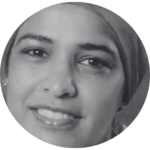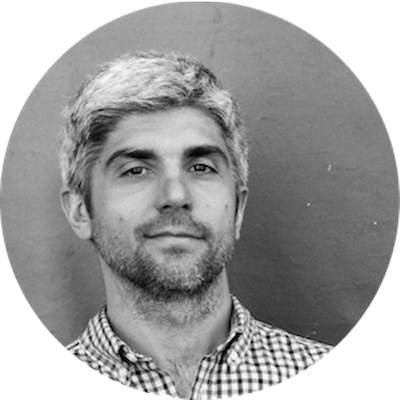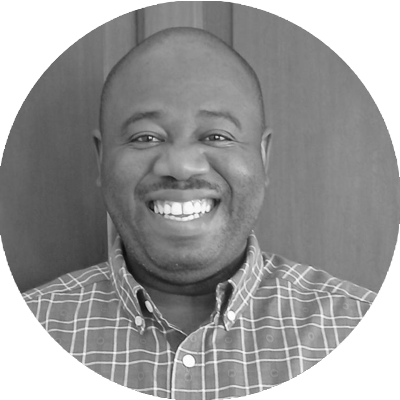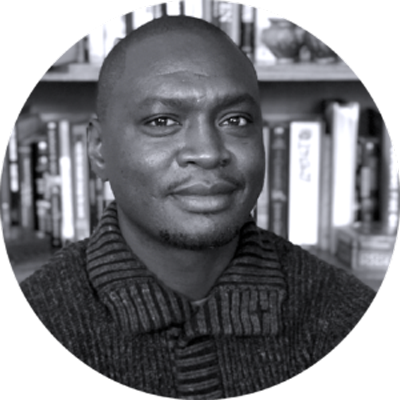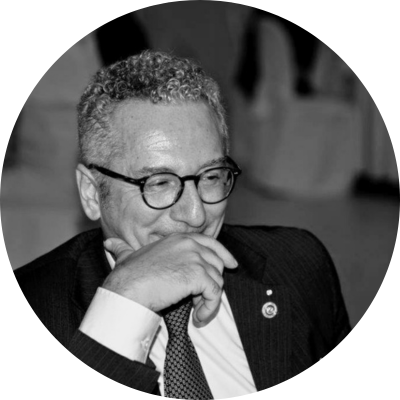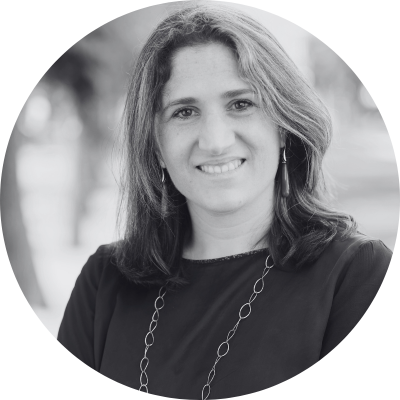There is a growing consensus in the peacebuilding community that engaging all relevant stakeholders in peace processes is crucial to achieving sustainable peace. This means facilitating processes in which a diversity of constituencies and identities can be involved and represented, especially those that have suffered marginalisation and have been particularly affected by violent conflicts.
The Women, Peace and Security and the Youth, Peace and Security Agendas show how normative frameworks can accompany and enable these developments. However, despite this consensus and existing guidance, practice still shows challenges and more or less visible barriers to making peace processes more inclusive. These challenges can range from the deeply internalised cultural norms and perceptions of who are the relevant stakeholders to be involved to practical management of the different groups and resources-related issues.
This article argues that an important – and feasible – step towards better peace and dialogue processes is improving the quality of conflict analysis though adopting an intersectional lens (See for example, Intersectional Conflict Analysis: Religion and Gender). An intersectional lens which also needs to pay special attention to age and (inter)generational dimensions through youth-sensitive conflict analysis.
An intersectional lens can help understand how individuals and groups engagement is enabled or limited by factors such as gender, age, ethnic origin, educational background, ability, status, rural or urban context, language, etc. This means adding an inclusion/exclusion lens to commonly used conflict analysis tools within stakeholders analysis, causal analysis or conflicts dynamics analysis. This is crucial for analysing grievances and for designing processes that include the voices of all affected, especially those that are underrepresented or less organised to aggregate and jointly advocate for their interests such as youth groups.
At the same time, conflict analysis is increasingly a common practice when designing any social or development project, including youth-focused ones, and more even so contexts of social polarisation and violent conflict. However, analyses often disregard how young people are affected specifically and differently, and their agency, that is, how they – as individuals or groups – play a role in conflicts.
Conflict analysis, as a structured and systematic analytical process, aims to create a shared, evidence-based and complete social and political analysis of existing conflicts in a specific context to inform conflict prevention and resolution strategies. This is why the way a conflict analysis is conducted and the adequacy of the analytical tools used are both crucial. The youth-sensitive conflict analysis guidance included in the UN Youth, Peace and Security Handbook notes: “When it is done in an inclusive and participatory manner, the very process of carrying out a conflict analysis can also serve as a means of dialogue and mediation”.
It is important to adapt analytical tools to better capture youth and inter-generational dimensions of conflicts. These can be adapted in several ways.
First and foremost, by including young people and their organisations and groups in conflict analysis exercises not only as informants, but also as analysts and researchers. Analytical tools can include questions about how young people of different genders are particularly affected by the conflict. For example, young people develop their social and political identities in this period of their lives, thus, contexts of extreme polarisation and violent conflict affect this process, inducing them to choose “sides” and be loyal to their group, reducing the space for critical thinking and relations across divides. Moreover, youth are often those most affected by collapse or failure of the education sector, hindering their employability and thus full integration into society. Young people are often the victims of crime-related violence and gender-based violence; and most likely to be forcefully recruited into armed forces. These issues may become more visible in public policy agendas and peacebuilding strategies if youth´s specific lived experiences, needs and priorities are acknowledged, understood and accounted for. The likelihood of this happening increases if they are represented in decision-making processes, including contributing as informants and analysts in conflict analysis exercises.
Second, conflict analyses need to analyse the social perceptions about different groups in society – and notably – of young people, as these perceptions especially if negative or distorted may fuel conflicts. For example, young people are often perceived as criminals or rebels, mostly in the case of young men, and as victims with limited agency, mostly in the case of young women.
Third, conflict analyses analytical tools can also include analysis of the demographic set up of the society, that is, the proportion of young people in relation to the overall size of the population and the trends. For example, this analysis has illustrated how young people, being a high proportion of the population, are poorly represented in parliaments and other formal decision-making spaces. It is crucial to understand the ways in which young people are organised (which highly depends on the context and the quality of the civic space) and how they relate to other societal (conflict) actors. Importantly, through a systematic analysis, their roles in conflict contexts can be better mapped, both as connectors and as dividers. For example, the roles of youth wings of political parties, students federations or youth-led civil society groups levels are rarely taken into consideration or it is often assumed they are directly functional to the adult-led reference organisations – thus their agency is often not recognised.
Despite the overall scarcity of youth-sensitive conflict analyses, there are a few and – auspiciously increasing – number of analyses that have looked at youth agency in conflicts and, by doing so, they were able to shape peacebuilding strategies. For example, “Young People and their Role in the Government of the Philippines (GPH) and Moro Islamic Liberation Front (MILF) Peace Negotiations” by Michael Alar describes in detail how young people played various roles the these peace negotiations: youth were in fact involved in providing administrative and technical support when engaged as young professionals at the peace panels secretariats, shaping the content and language of the agreements and also “in providing the necessary informal back channels that reshaped the dynamics and relationships across the negotiating table”.
A second example is the conflict analysis conducted in Garowe and Galkayo (Somalia) by Agency for Peacebuilding as part of the “Building Reconciliation and Peace through Inclusive Dialogue, Gender Equality, Sport and Protection of Cultural Heritage” (BRIDGES) project. The analysis was done through Participatory Action Research through which young Somali researchers could co-design the activities and take part in the analysis. This allowed the identification of issues affecting youth in particular – the largest demographic in this context – such as unemployment, lack of participation opportunities, presence of non-state armed groups which lead many young people to migrate. The analysis also identified negative narratives about youth who are often described as the main responsible for violence. Thus some of the main action areas that emerged were the need to jointly engage youth and elders proactively; to work with them and the media on addressing these negative narratives and to create more spaces for youth participation, and also for women empowerment.
In conclusion, conflict analyses that consider youth and inter-generational dimensions – as part of intersectional approaches – can help improve the design and implementation of peacebuilding activities. This can allow mapping key issues, including young people as important stakeholders and in this way, help avoid missing valuable opportunities to build inclusive and sustainable peace.










